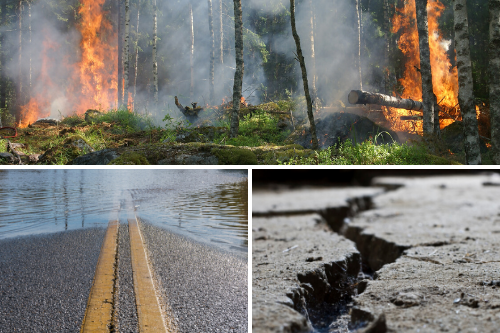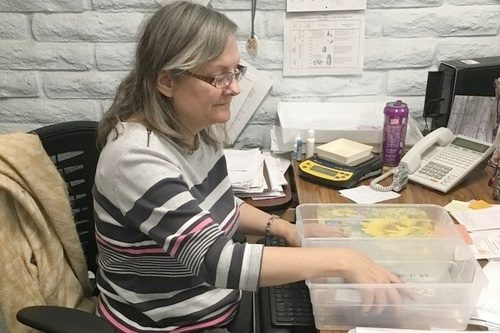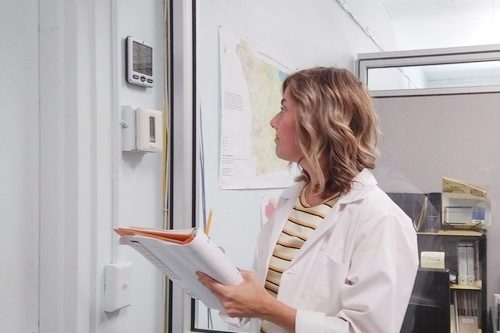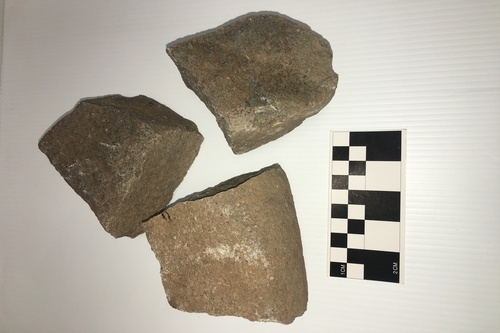
From Inside the Vaults: Collections Inventory
From Inside the Vaults is a monthly blog that gives insight into best practices for collections stewardship, curation, and archaeological collecting institutions.
What is a Collections Inventory?
As the Collections Manager at the Center, one of my duties is to complete an inventory of the collections vaults. This task may sound daunting. However, inventories are important when considering proper collections stewardship and long-term artifact preservation. Ideally, collecting institutions will complete a full inventory every 1-10 years, depending on the institution’s size, type, and resources available. By completing an inventory of the vaults, the Center will have a complete picture of the amount and types of artifacts that the repository holds. It is a great time to photograph, report on artifact condition, and correct any errors without being repeatedly obtrusive to the artifacts over time.
How the Process Works
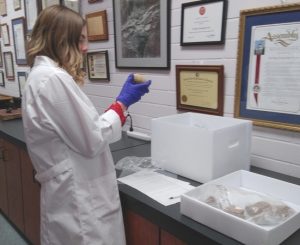 After researching and developing a plan that worked best for the Center, I began with the first shelving unit in collections storage. I pull artifacts from their shelves to physically inspect them. After ensuring they are housed and bagged properly, I check that artifact boxes and labels meet the Center’s curation standards. The locations of the artifacts, condition reports, and any problems or discrepancies are also recorded during this process. The collections database is then updated with any new information for each artifact. Digital and paper files are also gone through, and reconciled as necessary.
After researching and developing a plan that worked best for the Center, I began with the first shelving unit in collections storage. I pull artifacts from their shelves to physically inspect them. After ensuring they are housed and bagged properly, I check that artifact boxes and labels meet the Center’s curation standards. The locations of the artifacts, condition reports, and any problems or discrepancies are also recorded during this process. The collections database is then updated with any new information for each artifact. Digital and paper files are also gone through, and reconciled as necessary.
Challenges in Collections Inventory
The Center has an advantage over some older institutions. Opening only 25 years ago, the Center repository and vaults are very well organized. A main problem I have encountered at past institutions is disorganization related to age. Older institutions have adhered to many different methods, policies, and procedures over the years. Collecting practices have changed many times since museums began. Artifacts may have multiple catalog numbers, have gone missing or are not in their recorded location, or artifacts may have never been fully curated to begin with – the older the institution, the more problems there can be. Since the Center adheres to California State, National Park Service, and Federal curation standards, I have encountered very few discrepancies or errors during my inventory thus far. I look forward to continuing this exciting and necessary project!
By Jessica McPheters, Collections Manager


